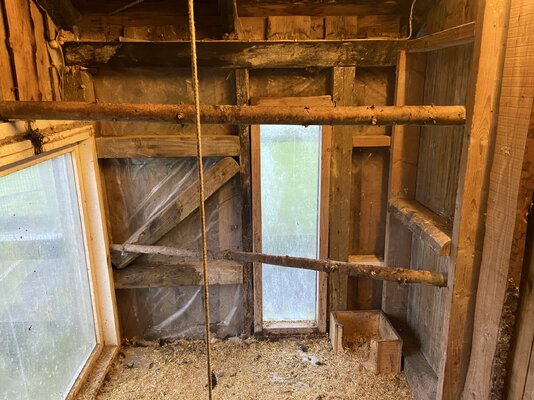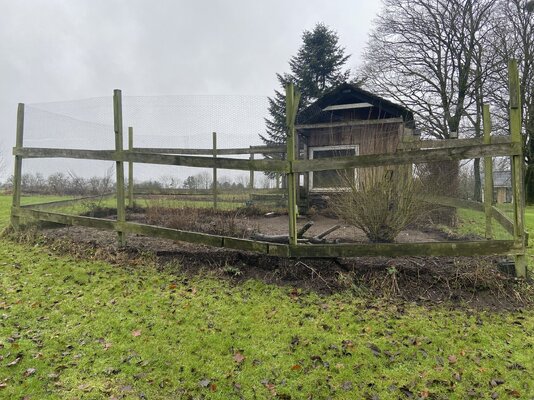Firsttimehens1234
Songster
They have 5 hens and a rooster right now but I have a little dream of having 11 hens and a rooster so I can have a rainbow basket. Right now I have big chickens and a little polish chicken.
But I was wondering how much space do 12 chickens need? Outside and inside so that that can live the best life possible.
Another question is chickens live in the same coop even though they have a age difference? Bc I was thinking that when I get my next set of chicken I would wanna get some that are younger that my current flock but is that a good idea?
I also really want to have some silkies but is that possible with a English araucana rooster?
But I was wondering how much space do 12 chickens need? Outside and inside so that that can live the best life possible.
Another question is chickens live in the same coop even though they have a age difference? Bc I was thinking that when I get my next set of chicken I would wanna get some that are younger that my current flock but is that a good idea?
I also really want to have some silkies but is that possible with a English araucana rooster?






